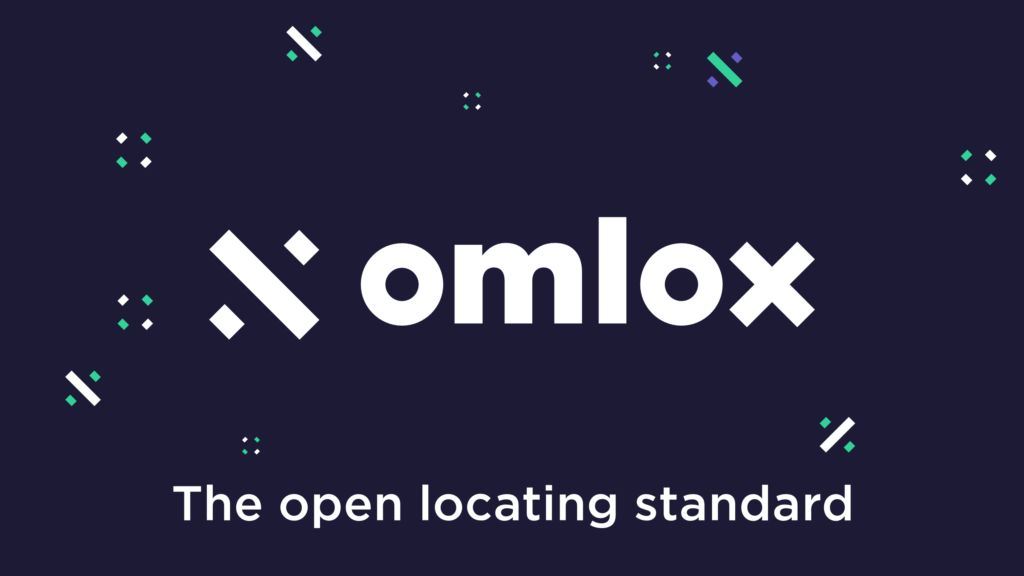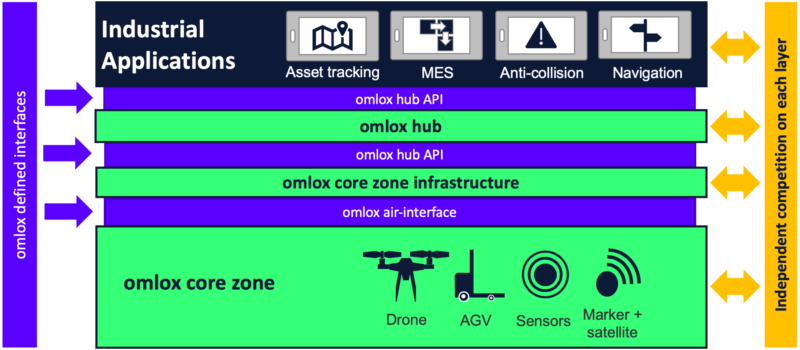
The promises of Industry 4.0 are huge, but any proprietary solution for just one plant will fail due to extremely high costs. An economical solution for Industry 4.0 needs standards in order to enable the reuse of elements for suppliers and the lock-in free maintenance and low-entry costs for users.
Since the first papers on the Industry 4.0 vision emerged, hundreds of companies started to offer solutions. However, manufacturing plants struggled to find an economical path towards this vision. Any efforts to implement Industry 4.0 initiatives ended in complex consulting phases, followed by expensive individual implementations. The implementation was very costly, and that was just the beginning. Then, the solutions had to be maintained by specific suppliers.
In our private life, we have a different experience. There are thousands of things we can do with our smartphone, and even complex services seem incredibly easy to use. This is possible due to standards. The complete telecommunication network is standardized. At home, we naturally use Wi-Fi and connect it with any device from any vendor. Outdoor navigation is available in every smartphone at low-costs since the air-interface from the satellites was made openly available. Every company can build a GPS-receiver without participating in the costs of the infrastructure in space.
The takeaway from Industry 4.0 is simple: We have to agree on standards and follow the way towards vendor-independent combinations and plug & play customization, which can be done by the production specialist himself. In the industry, we have observed successful examples of standardization, such as ASi, PROFIBUS, PROFINET, and IO-Link. Ultimately, standardization is the way to enable solutions at a fraction of the cost.
omlox: Motivation
IV) The applications: There are applications for location data: navigating, tracking, routing, analyzing, warning, and so on. This layer will bring the final value of the location service.
omlox: An Industry 4.0 Location-based Service
What is omlox doing to support this? omlox is defining standards in the cyber-physical location world: It is defining the interfaces between I) and II) as well as between II) and III) and III) and IV). All in all, omlox is the definition of three interfaces:
- The air-interface between I) and II) for a physical reference.
- The API between II) and III) to include any location data.
- The API between III) and IV) to add any application.
With omlox, users can customize their location solution in a vendor-independent manner. Any mobile omlox device (I) from any vendor can be located by any omlox infrastructure (II) from any vendor. Any omlox hub (III) from any vendor can include any omlox core zone or other any complementary location zones (II) from any vendor. And any location application (IV) fulfilling the omlox specification can be connected to any omlox hub.
Foster Competition and Differentiation
omlox will propitiate layer-specific competition. Tags will compete with tags, and hubs will compete with other hubs. There is no lock-in requirement; users can switch vendors for each layer or element. This competition will lead to differentiation. Ultimately, there will be low-cost tags or specific tags for dedicated use-cases.
In the infrastructure domain, this approach could enable new solutions. New infrastructure elements can be integrated into existing infrastructure elements such as fire-alarms or lighting. The installation costs will go down dramatically. On the application side, even specific solutions can be reused, thus reducing the cost per installation.
Implementation
Once the standard is widely adopted, even devices with low-additional value for location services will make use of it just because it is affordable, and everyone is accustomed to using it. New services will proliferate, like the strongly needed multi-tier supply-chain transparency. During the COVID-19 pandemic, many companies experienced unmanageable problems with unforeseen supply-shortfall. The lack of transparency of the actual status of their supplies made it hard for even big OEM manufacturers to get their production restarted after the COVID-19 shutdown.
Seamless supply-chain tracking can now be solved by using omlox among all participants. The omlox tag just needs to be attached to the carrier, and a cloud location service based on cascaded omlox hubs will keep the supply-chain manager informed about the status of its supplies outdoors and indoors – in real-time. This is made possible by using the well-known standard GPS for outdoor tracking and the open standard omlox for indoor tracking. The transparency will prepare our industry for changing environments and allow a fast adaptation to new situations. Also, the by-products of the supply-chain can be tracked, allowing an improved recycling rate and an increase in efficiency while supporting a sustainable global economy.
Adoption and Final Thoughts
As there is no basic requirement for omlox, any brownfield manufacturing site can implement it. The omlox infrastructure can just be added to already existing location technology. Additional hardware and applications can be added on demand.
The increasing adoption rate of omlox will disrupt industry segments. An omlox-app can replace many expensive solutions of today. For example, the professional building access technology & attendance recorder can be eliminated by including the omlox tag into the employee-badge and an adequate app on the omlox hub. Also, typical booking terminals and gates can just be replaced by a geo-fence and an omlox-app. Many tasks of today’s facility management can either be automated or done autonomously, like for example:
- Inspection of technical equipment
- Inspection of building structures
- Janitorial services, such as cleaning and security
In the end, the complete factory design will change with smart location-based services. The benefit of omlox will enable a significant portion of Industry 4.0: The real-time location-based service.
Eberhard Wahl
Head of New Business Technology
TRUMPF Werkzeugmaschinen GmbH

